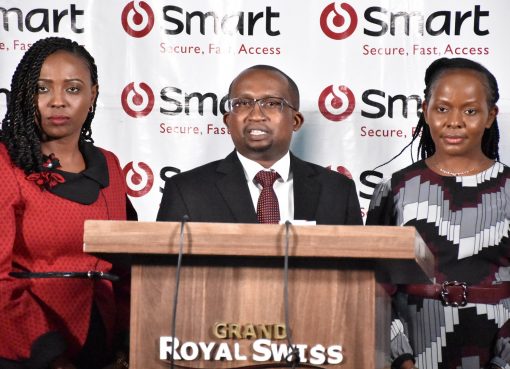The Kenya Agricultural and Livestock Research Organization (KALRO) has unveiled a superior indigenous chicken breed that is highly resistant to common diseases.
The new KALRO improved KC3 breed is an upgrade of KC1 and KC2 chicken whose research over two decades ago indicated that it had the tolerant capacity when cross bred with other genetically improved varieties to produce economically positive results.
Preliminary results indicated that the new improved indigenous chicken was expected to boost egg production with the ability to lay between 220-280 eggs per annually compared to about 80-100 eggs that wwas the case before the upgrade.
KALRO Director- General Dr. Eliud Kireger told journalist at Kakamega that the high demand for one day old chicks in the country was a challenge forcing the institution to diversify outlets in other counties to bridge the deficit.
In a speech read on his behalf by the KALRO Director in charge of livestock systems Dr. Samwel Mbuku, the Director General said a new 2000 bird capacity breeding and multiplication was established at the Kakamega centre to meet the national daily demand of over 2 million one day old chicks.
He said an additional 19,000-egg capacity hatchery, with a capacity to supply at least 34,000-day-old chicks’ montly, up from 3,000 was put in place to boost production.
“Currently, our annual production of day-old chicks stands at 600,000 compared to a national demand of over 2 million chicks per year” he said.
“We are proud to have a new 2000 bird capacity breeding and multiplication house constructed at a cost of 5 million shillings with joint funding from the European Union and the Government of Kenya through Climate Smart Agricultural Productivity Project (AgriFI CS)” added Dr. Kireger.
The Principal Secretary State Department for Livestock Harry Kimutai said Poultry is one of the most important enterprises in rural poor households’ food and nutrition security.

“Apart from poultry meat, 1,716 million eggs from poultry are also produced annually valued at 10.3billion shillings”. “The industry has fairly well-developed inputs and services provision along the value chain” he added.
The PS, in a speech read on his behalf by director of administration in the ministry Joseph Chepchieng, however, expressed concern over importation of raw eggs from neighbouring countries blaming it on underdeveloped markets and unstructured marketing systems that impact negatively on the industry leading to its underperformance.
“Indigenous chicken is an integral part of rural farming systems where it provides food and nutrition security as well as income to resource-poor smallholders, where options for generating income are limited” he said.
The PS hailed KALRO for conducting research on the development of technologies, innovations, and management practises to improve productivity of indigenous chicken.
KALRO poultry researcher Dr. Anne Wachira said in response to the unique consumer demands in the Western region for a brown improved chicken, they introduced a brown variant, the KC3, as opposed to black KC 1
“This brown variant has similar production characteristics to KC1 and KC2, with the main difference being the colour of the bird following concerns by farmers inWestern and other regions about the colour” she added
KALRO’s Non-Ruminant Research Centres in Kakamega and Naivasha are selling day old chicks at Sh100 while a tray of 30 fertile eggs go for Sh1000. Breeding cocks are sold at sh1200.
Speaking at the function, the KALRO National Project Coordinator George Keya said the organisation has received a total funding of 800 million shillings, with 650 million shillings and 150 million from European Union (EU) and Kenya Government to undertake various researches across all the KALRO institutes across the country.
By George Kaiga.





